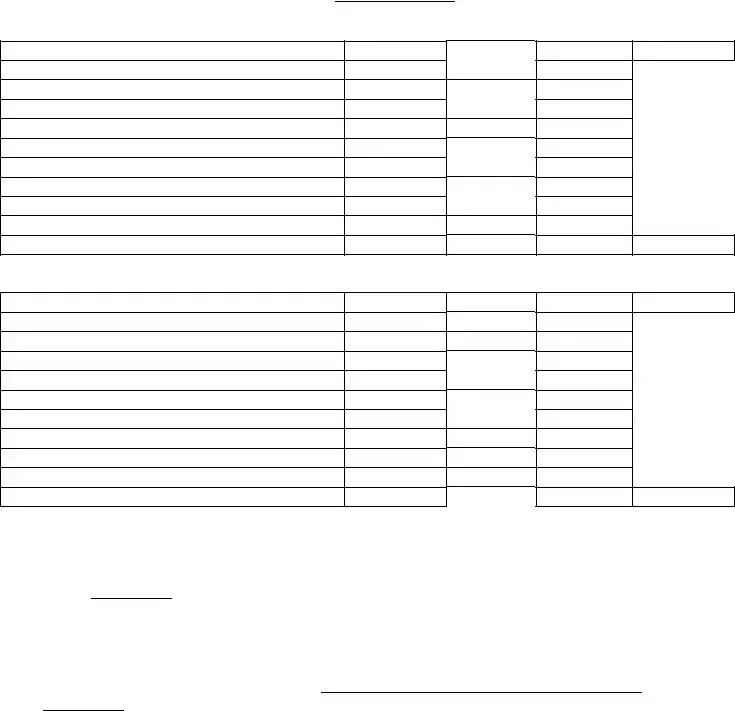Printable High School Transcript Form in PDF
The High School Transcript form is an official document that summarizes a student's academic achievements during their high school years. It typically includes courses taken, grades received, and overall performance, serving as a crucial tool for college admissions and job applications. Understanding this form is essential for students and parents alike, as it plays a significant role in future educational and career opportunities.
Open High School Transcript Editor Here


